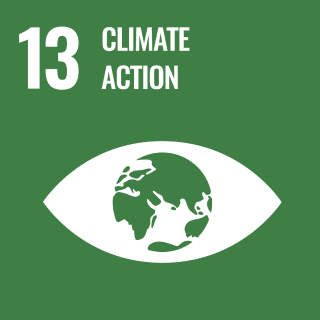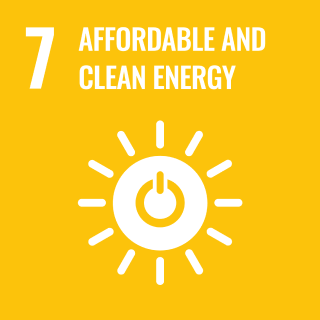The Renove Program, created in 2021, promotes collaborative action with Minerva Foods’ cattle supply chain through the implementation of good practices for low-carbon livestock farming. Developed in partnership with leading institutions, the program uses primary data and internationally recognized methodologies to ensure robustness and scientific credibility, thus contributing to the sustainability of South American livestock.
The program works on three fronts, two of which were dedicated to mapping the carbon balance of supplier properties in South America and the third front aimed at connecting supplier farms with environmental assets and the voluntary carbon market, green finance and capacity building, with the intention of creating incentives for the expansion of low-carbon practices in livestock.
This program enabled Minerva Foods to export certified carbon neutral meat products from Brazil
and Uruguay to customers in the United States, Spain, Italy and Chile. Partnering ranches, industrial units, and logistics operations had their carbon footprints audited and certified as “CO₂ neutral” by an independent organization with certification systems in over 100 countries. The emissions offset required to neutralize the entire process were traded through MyCarbon. These were carbon credits from tree planting and forest conservation projects.
The Renove program has also made groundbreaking progress in generating and selling carbon credits from the agricultural and livestock sectors in Brazil. In this regard, technical cooperation agreements have been signed with cattle ranchers who supply Minerva Foods, affirming the mutual interest of both parties in transforming conventional livestock management practices into regenerative practices that increase productivity and eliminate or reduce greenhouse gas (GHG) emissions. These ranches, located in six Brazilian states, are being evaluated in the field by the program’s technical team. The goal is to restore degraded grasslands, implement integrated systems – Crop-Livestock-Forestry Integration (ILPF) – and use dietary supplements in animal feed to reduce enteric methane. Partnerships with large-scale input, financing and technological innovation companies committed to the common goal of a highly productive, low-carbon agriculture and livestock sector have been established to enable the implementation of these
practices.
As part of the program, Minerva began participating in the Floresta Viva initiative, led by the National Bank for Economic and Social Development (BNDES), for the ecological restoration of Brazil’s biomes. Minerva aims to contribute to the restoration of degraded areas in the states of Rondônia, Mato Grosso and Goiás through its participation in this initiative.
Together with Embrapa and FGV Agro, the program published the study “Potential mitigation of greenhouse gas emissions in livestock – Minerva Foods Case Study”. The report shows the potential of good practices to contribute to the fight against climate change, by calculating the GHG balance of 23 ranches that supply cattle to the company from various locations and production systems, as measured by the GHG Protocol Agricultural tool.
















